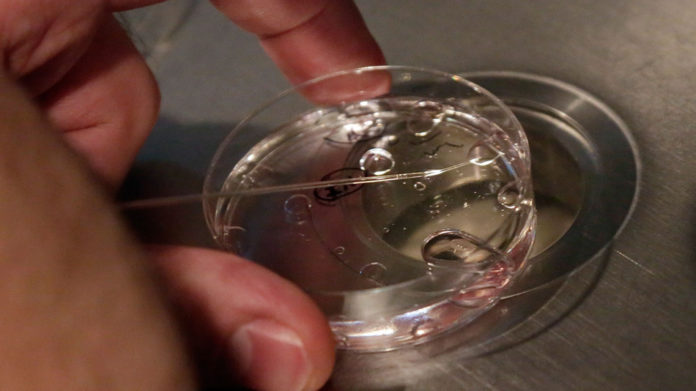Britain is a big step closer to allowing three-person babies

LONDON — MPs in Britain have voted for the use of controversial techniques to create babies from the DNA of three people.
The vote passed overwhelmingly in the House of Commons on Tuesday afternoon with a majority of 254 votes (382 yes, 128 no); it will move into the House of Lords next month.
The historic vote centred on the altering of a human egg or embryo so that material from three people is used to create a baby.
The UK will become the first country in the world to bring forward laws enabling such a practice. MPs were given a free vote Tuesday instead of voting along party lines, allowing them to decide with their consciences .
“This is a bold step for parliament to take, but it is a considered and informed step,” Public Health Minister Jane Ellison told the House of Commons during the debate before the vote.
“This is world leading science within a highly respected regulatory regime. And for the many families affected, this is light at the end of a very dark tunnel.”
Health experts have argued that three-person IVF could eliminate defects in the mitochondria which can result in diseases such as muscular dystrophy, heart, kidney and liver failure. Others, however, think it crosses a boundary and have warned against tampering with DNA.
Mitochondria are the tiny, biological “power stations” that give the body energy. They are passed from a mother, through the egg, to her child.
The techniques would likely only be used in about a dozen British women every year who have faulty mitochondria, the energy-producing structures outside a cell’s nucleus. To fix that, scientists remove the nucleus DNA from the egg of a prospective mother and insert it into a donor egg from which the nucleus DNA has been removed. This can be done either before or after fertilization.
The resulting embryo would end up with the nucleus DNA from its parents but the mitochondrial DNA from the donor. Scientists say the DNA from the donor egg amounts to less than 1 percent of the resulting embryo’s genes.
Additional reporting from The Associated Press.
